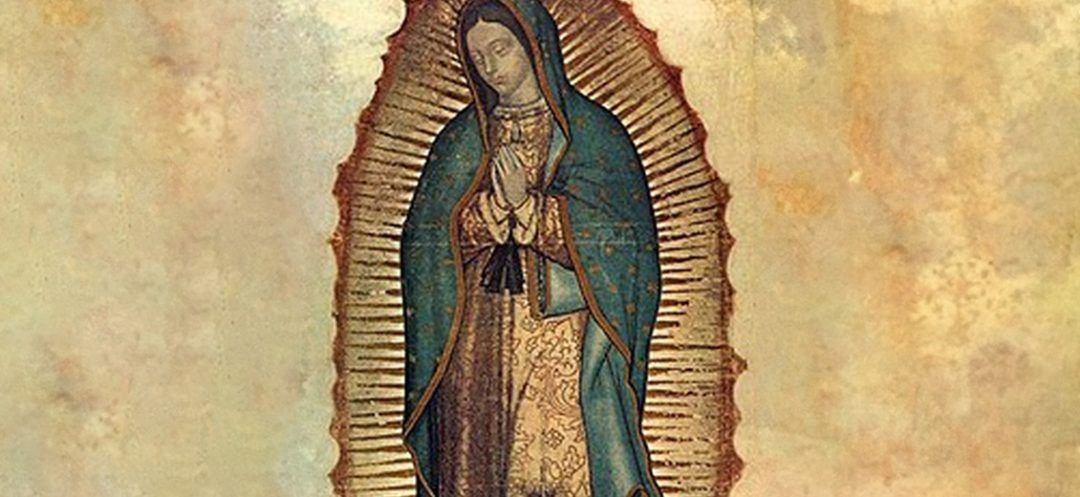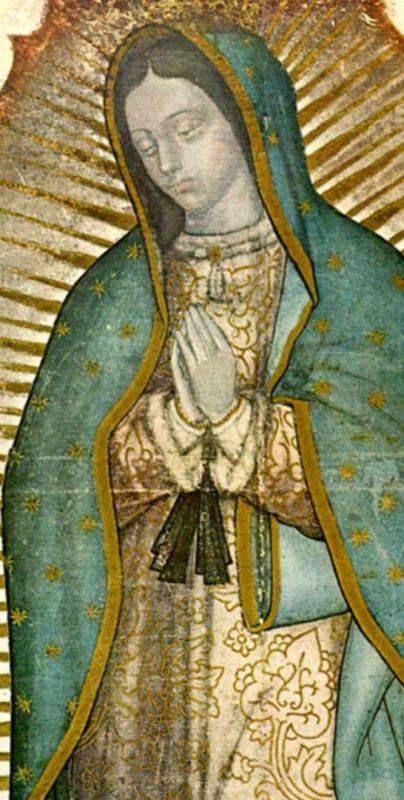
The birth of Virgin Mary, commemorated on September 8, is, alongside the births of Jesus and John the Baptist, one of only three holy births celebrated by both Eastern and Western Churches. This highlights the central importance of this feast, despite its relative modesty compared to more prominent celebrations like Christmas and Easter, which are often marked by local customs such as bonfires and fireworks.
In addition to her birth, the Virgin Mary, along with Christ, is the only person whose resurrection-like event is commemorated by the Church—on August 15. To distinguish it from Jesus' Resurrection, this feast—combining both Resurrection and Ascension—is called the "Assumption." In the Greek Orthodox Church, it is referred to as the Dormition (“roukad”).
The New Testament does not provide details about Mary’s birth, her parents, or the circumstances of her early life. It is only known that she belonged to the "House of David." However, an early Christian text from the 2nd century, although not considered canonical by the Catholic Church, provides some insight. This text, known as the Protoevangelium of James or the Nativity of Mary, suggests that Mary was born in a house in Jerusalem, known as the "House of Anne."
According to the Protoevangelium of James, Mary's parents, Joachim and Anne, who were righteous and descended from a priestly family, were humiliated by their childlessness. The couple temporarily separated, and Joachim retreated to the desert for a 40-day fast. Their prayers were answered, and an angel announced the birth of a child. The couple reunited near the Temple’s "Golden Gate" and resumed their life together. Mary's birth brought them great joy. Dedicated to the Temple by her parents, Mary grew up there from the age of three until her betrothal to Joseph and the humanly inexplicable mystery of her pregnancy.
The Feast of the Nativity of Mary was set on September 8, following the dedication of a church built in Jerusalem near the site known as the "House of Anne." After the proclamation of the dogma of the Immaculate Conception in 1854, December 8 was designated as the day to commemorate this doctrine, precisely nine months before the Nativity.
Dawn of Salvation
Celebrated by the Maronites and ranked as a mere "memorial" in the Latin Church, the Feast of the Nativity of Mary holds great significance in the popular devotion of Eastern Churches. Among Greek Orthodox Christians, for instance, it begins a Marian cycle, culminating with her Presentation at the Temple and her Dormition.
Beyond the liturgical cycle, the Churches revere the Virgin Mary as the pure dawn that precedes the day. It is with her that the history of Salvation begins in the New Testament. Her feast celebrates a child who grew up to be described by God's will as "blessed among women," because "of the wonders the Lord has done for her." Exaggeration? Not for the saints. Not for Mother Teresa, who simply replied to those scandalized by the Church's veneration of the Mother of God: "Without Mary, no Jesus."
What Did Mary Look Like?
What did the Virgin Mary look like in her time? The Church discreetly relies on one of the greatest miracles of the 16th century: the imprint of her image, including her face, on the tilma (cloak) of a Mexican Indian, Juan Diego, who has since been canonized. The story is too long to recount in full here, but it is widely recognized for its authenticity: Our Lady of Guadalupe, in Mexico City, where this image is displayed, is the third most visited Marian shrine in the world.

To this day, science has not been able to explain how the image of the Virgin was imprinted on Juan Diego's tilma, nor how the original vegetable fabric has resisted the centuries without decaying or fraying. This remains a mystery comparable to that of the Shroud of Turin. On the blue cape adorned with stars that the Virgin wears over her white tunic, astronomers have found a map of the sky from that time! A luminous phenomenon recorded on camera even showed the Virgin Mary as pregnant!
The "Fiat" and the Blue Key
In Lebanon, the Holy Virgin serves as a magnificent bridge between Christians and Muslims. The consecration of Lebanon to the Immaculate Heart of Mary in June 2013 was "an opportunity to reinforce awareness of Lebanon's uniqueness within a fractured Middle Eastern landscape," wrote journalist Cyprien Viet from Vatican News.
Mary's divine intercession is even credited with preserving Lebanon, a nation buffeted by history like few others and repeatedly threatened existentially by its people's lack of mercy and the fanaticism of its enemies.
Many believe that the resilience and ability to rebuild demonstrated by the Lebanese are rooted in their faith and Marian devotion. This devotion has even led to a shared civil holiday between Christians and Muslims. Established on March 25, 2010, the Feast of the Annunciation strengthens the conviviality that is their historical vocation.
Lebanon's unity, transcending confessional boundaries, sometimes manifests in surprising ways, as shown by a true story told by a nun who prefers to remain anonymous: "Yahia, a Lebanese Muslim friend, called me one morning and said, 'Look up to the sky and thank God.' I was surprised and asked, 'Why are you calling me so early, Yahia?' He replied, 'I made a vow. I promised the Holy Virgin that if she granted my request, I would give you a car so you could attend Mass every day! It's done! And the car was... a Fiat, like Mary's 'Fiat,' and it even came with a blue key!'"
Read more




Comments